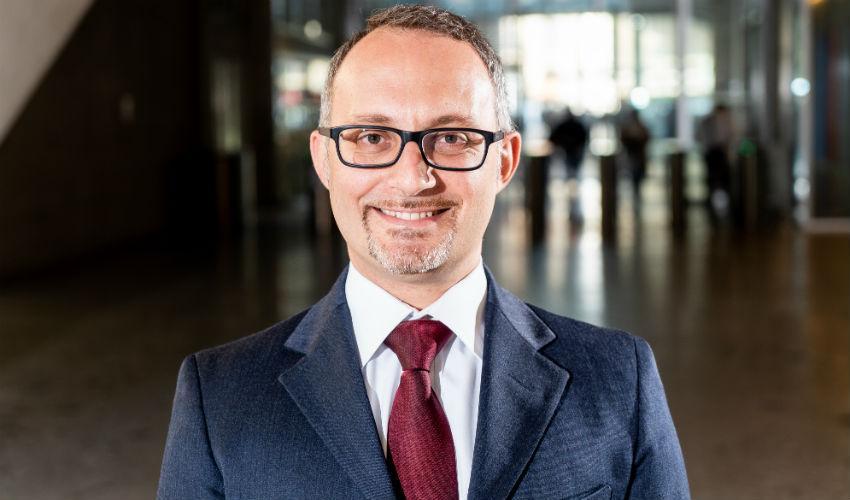
Mariano Max Croce Awarded in Vienna
THE PROFESSOR OF FINANCE OBTAINED THE BEST PAPER AWARD AT THE SYMPOSIUM ON FOREIGN EXCHANGE MARKETS WITH A STUDY ON AN INNOVATIVE INVESTMENT STRATEGY IN BONDSMariano Max Croce, Professor of Finance at Bocconi, received the Best Paper Award at VSFX 2021, the Vienna Symposium on Foreign Exchange Markets organized by the Research Institute for Capital Markets (ISK), a cooperation between WU Vienna, POK Pühringer Foundation, and ZZ Asset Management.
VSFX is a scholarly conference at its fourth edition, whose main topic is currencies, with the intent to present papers with potential spillovers for practitioners.
Professor Croce presented “Concealed Carry”, a paper co-authored with Spencer Andrews (Kenan-Flagler Business School), Riccardo Colacito (idem), and Federico Gavazzoni (INSEAD).
The paper analyzes an investment strategy in bonds called carry trade. “The traditional carry trade strategy suggests to borrow money in low short-term interest rate countries and invest it in short-term bonds of high short-term interest rate countries. If changes in currency exchange don’t offset all the difference, you’ll end up making some money,” says Professor Croce.
The flip side is that the strategy can’t work if short-term interest rates are similarly low everywhere, as it’s been the case since the end of the 2008 financial crisis. “In 2010, when Professor Colacito and I were teaching MBA students at Kenan-Flagler, the problem was already clear and students were asking us what would have happened employing the same strategy with long-term bonds in place of short-term ones.”
The paper shows that such a modified carry trade strategy (called slope carry, according to which you borrow money in countries with low long-term interest rates and invest it in countries with high long-term interest rates) yields null excess returns if we consider the last 30 years, but its real value is somehow concealed by considering a time span which includes two completely different periods. Up to 2008, slope carry has a slightly negative return, while it has a strongly positive one after the crisis.
In the context of a novel model designed by the authors, the key difference is about global inflation expectations. When they are low, as in the post-2008 era, investing in countries with higher long-term yields means to be more exposed to global inflation risk and hence this strategy must pay positive risk premia. In contrast, when global inflation expectations are high, as in the years preceding the crisis, the slope carry is an hedge against global inflation risk and pays a negative premium.
by Fabio Todesco
